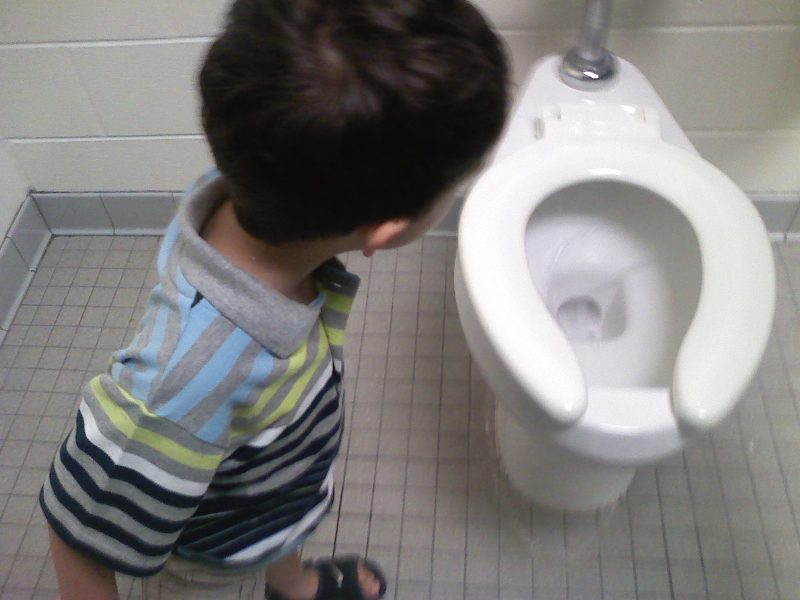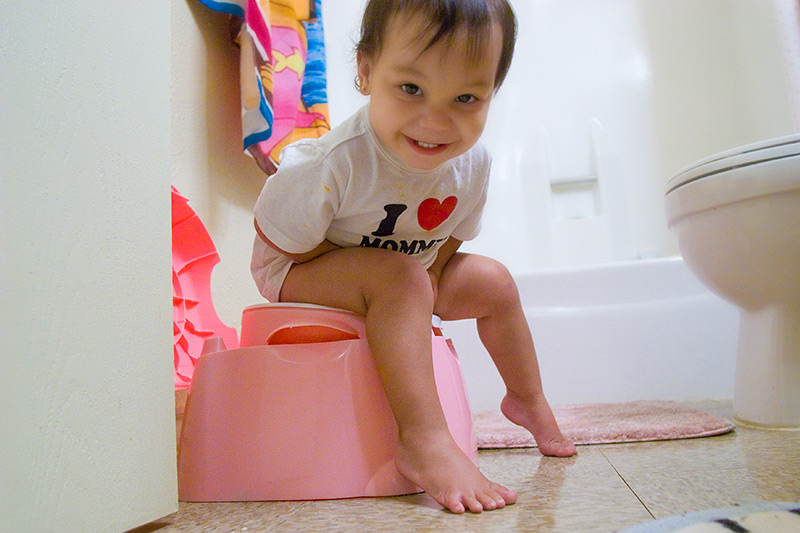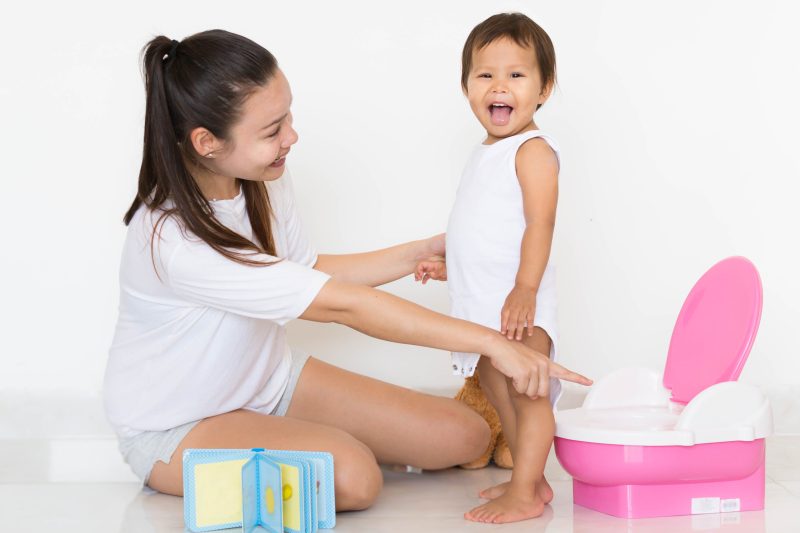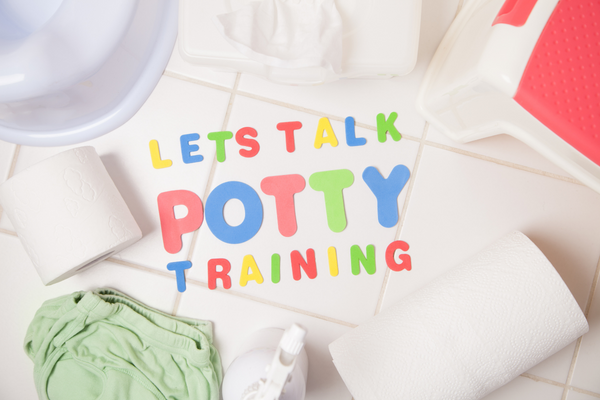Are you also wondering when it’s appropriate to start teaching your little boy how to pee standing up? Potty training can be challenging and sometimes confusing, but don’t worry!
In this article, we’ll discuss when boys can begin peeing standing up and provide some tips to help make the transition a little easier.
Should You Potty Train a Boy Sitting or Standing?
The answer to this question ultimately depends on a few factors, such as the boy’s age, physical development, and personal preferences.
Most experts recommend that boys initially learn to pee sitting down, as it can be easier for them to control their bladder and bowel movements while seated; this can also help them avoid accidents and build their confidence in potty use.
As they get older and more comfortable using the toilet, you can gradually introduce the idea of peeing standing up. This may involve teaching your boy how to aim properly and guiding him on proper bathroom etiquette, such as flushing the toilet and washing his hands.
Whether a boy should sit or stand during potty training depends on his needs and abilities. As long as you’re patient, consistent, and supportive throughout potty training, your little guy will eventually master this important skill and become a big kid!

When Should You Teach a Boy To Pee Standing Up?
The answer to this question varies depending on the boy’s development and readiness. Most boys can stand and pee by age three, but some may be ready earlier or later.
It’s important to note that while a child may be physically able to stand and pee, they may not be emotionally or psychologically ready to transition. Some boys may feel more comfortable continuing to pee sitting down, and that’s perfectly fine.
As a parent or caregiver, observing his behavior and readiness cues is important before introducing the idea of standing and peeing.
Some signs your child may be ready to learn this skill include showing interest in the big boy toilet, being able to control their bladder and bowel movements, and displaying a desire for independence.
Remember, every child develops at their own pace, so be patient and supportive throughout the process. With time and practice, your little guy will master the art of standing and peeing and be well on his way to succeeding!
How To Teach Them?
Teaching a little boy to pee standing up during potty training can be overwhelming, but with patience, persistence, and helpful tips, you can make the transition a little easier.
Show and Tell
Start by demonstrating how to pee standing up. Use simple and clear language to explain the process and make it fun and exciting for your child. You can even use a toy or doll to demonstrate.
Practice Sitting First
Before transitioning to standing up, have your child practice peeing sitting down first. This will help them learn to control their bladder and bowel movements and build confidence.
Introduce a Potty Seat or Stool
A potty seat or stool can help them feel more comfortable and stable when standing up to pee. Make sure the seat is stable and secure to avoid any accidents.
Practice Aiming
When your child is ready to try standing up, have them aim for targets like pieces of toilet paper or Cheerios in the toilet bowl to make the process more entertaining.
Provide Positive Reinforcement
Be sure to praise and encourage your child throughout the process. Celebrate every success, no matter how small, and be patient and supportive when accidents happen.
Remember, every child is different, so don’t get discouraged if your little one takes a little longer to get the hang of peeing standing up. With patience, practice, and positive reinforcement, he’ll soon master this important skill.

Potty Training Boy Wants To Stand Up: Here’s What To Do!
Since every child develops at their own pace, it’s important not to rush the process or put undue pressure on them. Modeling their behavior is one way to help them transition to standing up. Demonstrate how to stand up and pee, and encourage them to try it for themselves.
If your potty-training boy wants to stand up, it’s important to approach the situation with patience, understanding, and a willingness to adapt. Be sure to provide plenty of positive reinforcement, such as praise and encouragement, to help build their confidence and independence.
Introduce a potty seat or stool to help them feel more comfortable when standing up. Ensure the seat is secure and stable to avoid accidents and provide plenty of support and guidance as your toddler learns this new skill.
It’s also important to be patient and understanding when accidents happen. They are a natural part of potty training, so respond with patience, reassurance, and plenty of love and support.
In summary, potty training a boy to stand up can be challenging. Still, with patience, understanding, and plenty of positive reinforcement, you can help your child develop the skills they need to become successful and independent potty users.
Final Thoughts
We hope this article has helped answer your questions about when boys can start peeing standing up during potty training.
Remember, as we mentioned earlier as well, every child is different, so don’t get discouraged if your little one takes a little longer to get the hang of it.
With patience, persistence, and positive reinforcement, you’ll have your little one confidently peeing standing up in no time.
Good luck!



